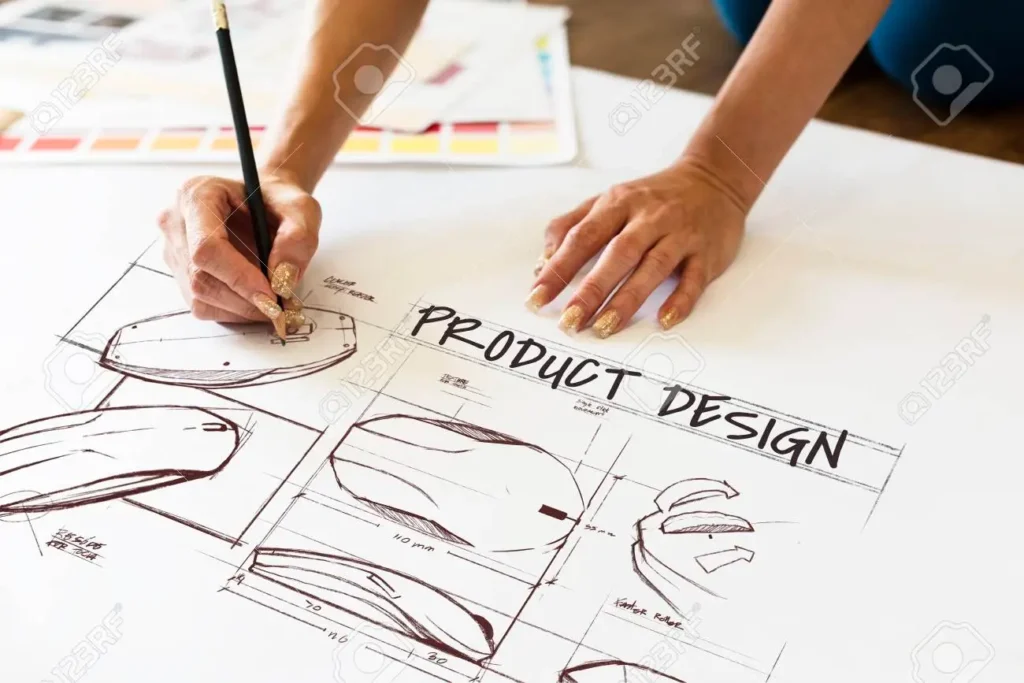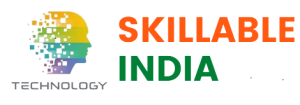Product Design: Core Concepts

SKILLABLE INDIA
Product design encompasses a range of core concepts that are essential in creating successful and impactful products. Functionality and usability focus on creating products that not only perform their intended tasks efficiently but also provide a seamless user experience. Aesthetics and emotional design play a crucial role in evoking positive emotional responses and establishing strong brand identities. Innovation and creativity drive designers to explore new possibilities and push boundaries. Sustainability and ethical design promote responsible and environmentally conscious product development. Through an iterative design process, designers continuously refine and improve their creations based on user feedback and market demands. These core concepts form the foundation of product design, shaping the way we interact with the world and enhancing our daily experiences.
Product design plays a fundamental role in shaping the way we interact with the world around us. It is a multidisciplinary field that combines art, engineering, psychology, and business to create products that are aesthetically pleasing, functional, and user-friendly. In this blog post, we will explore the core concepts of product design and delve into the key principles that designers use to craft successful and impactful products.
User-Centered Design: By understanding the target audience, their behaviors, and their goals, designers can create products that meet their requirements effectively. Techniques such as user research, personas, and usability testing help designers gain valuable insights into user needs, ensuring that the final product aligns with user expectations.
Functionality and Usability: A well-designed product should not only look appealing but also be functional and easy to use. Functionality refers to the product’s ability to perform its intended tasks efficiently, while usability focuses on how easily users can interact with the product. Designers need to consider factors such as ergonomics, intuitive interfaces, clear instructions, and logical workflows to ensure a seamless user experience.
Aesthetics and Emotional Design: The visual appeal of a product significantly influences user perception and satisfaction. Aesthetics in product design refer to the overall look, feel, and sensory experience of the product. By integrating elements such as color, form, texture, and typography, designers can create products that evoke positive emotional responses and establish strong brand identities.
Innovation and Creativity: Product design encourages innovation and creativity by pushing boundaries and exploring new possibilities. Designers strive to create unique and novel solutions that address user needs in innovative ways. This involves thinking outside the box, experimenting with different materials, technologies, and manufacturing processes to create products that stand out in the market.
Sustainability and Ethical Design: In today’s environmentally conscious world, sustainable and ethical design has gained significant importance. Designers have a responsibility to minimize the environmental impact of products throughout their lifecycle, from material sourcing and production to usage and disposal. By incorporating sustainable materials, designing for recyclability, and promoting responsible consumption, designers can contribute to a greener future.
Iterative Design Process: Product design is an iterative process that involves continuous refinement and improvement. Designers create prototypes, gather feedback, and iterate on their designs based on user input and testing results. This cyclical approach allows for incremental enhancements, ensuring that the final product meets user needs and market demands effectively.
Conclusion:
Product design is a captivating discipline that merges creativity, functionality, and user-centric thinking. By embracing core concepts such as user-centered design, functionality, aesthetics, innovation, sustainability, and an iterative design process, designers can create products that enhance user experiences and make a lasting impact. As technology advances and consumer expectations evolve, product design will continue to shape the future, providing solutions that improve our daily lives and inspire innovation across industries.

Book a Free Demo, now!
Know more about our Engineering courses with Job Assistance!

